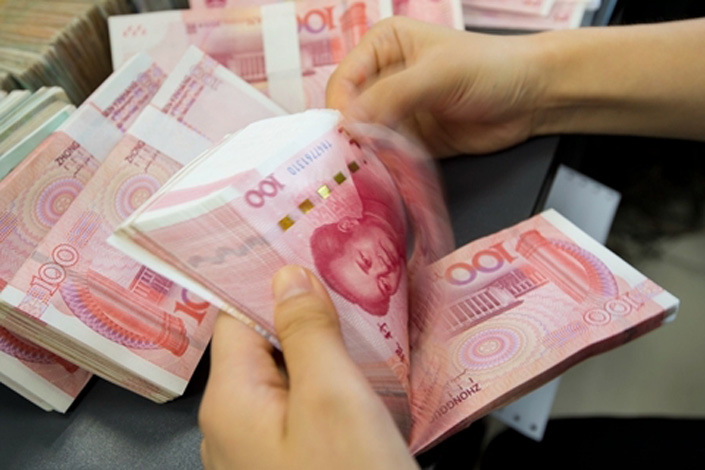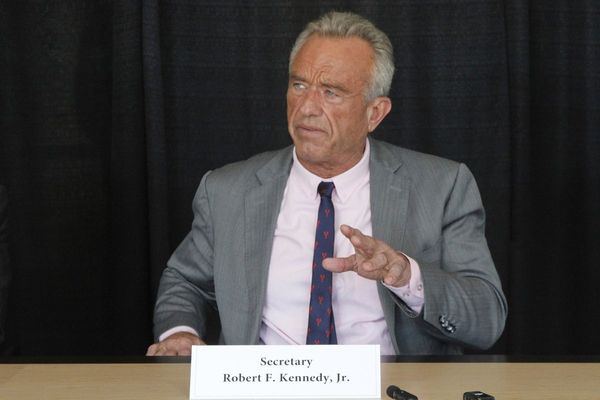
The public expects fiscal policy to play a crucial role in stabilizing the economy. China’s State Council has rolled out 33 comprehensive measures, which fall under six categories, to stabilize the economy. Of these measures, 24 are fiscal ones. A national video conference on financial support for stabilizing the economic market was held recently. The executive meeting of the State Council chaired by Premier Li Keqiang on June 1 decided to speed up implementation of a comprehensive package of measures for stabilizing the economy. The meeting decided that the newly added 140 billion yuan ($21.0 billion) in value-added tax (VAT) credit refunds should be mostly delivered by July.
China is facing grim economic prospects. Although the Caixin/Markit Manufacturing Purchasing Managers’ Index (PMI) rebounded to 48.1 in May, it is still in contractionary territory; employment expectations have continued to fall and businesses are scrambling to survive the rough times. In the midst of the recent slowdown, the public is naturally pinning high hopes on a fiscal push.
The central government is well aware of these challenges and has concluded that the country is facing demand contraction, supply shock and weakening expectations. The current economic slowdown is unprecedentedly complex. Fiscal action is urgently needed. However, the Chinese government should first carefully analyze the current economic situation before coming up with a targeted and appropriate fiscal policy that is proportionate to the magnitude of the difficulties. China should aim its efforts at the root cause of these problems. Suppressing symptoms doesn’t amount to solving problems. It is unrealistic to expect a second stimulus package that is larger than China’s four-trillion-yuan stimulus in 2008. Fiscal actions may alleviate the economic pain and keep companies afloat, but economic vitality must be restored to achieve the intended aim.
Similar to previous ones, these new measures are devised to ramp up infrastructure investment, cut taxes and fees, and improve the people’s livelihood. Under the current stimulus package, China will accelerate the issuance and expand the use of local government special bonds, launch more water conservation projects that are feasible, and invest more in transportation infrastructure. In addition, China will extend its current VAT credit refund policy to seven more industries (including wholesale and retail), which will allow newly added VAT credits to be refunded on a monthly basis and retained VAT credits to be returned to each company in a lump sum payment. These measures are designed to overcome current difficulties while building a strong foundation for long-term growth. They might be the most practical toolkit for reviving the economy.
Infrastructure investment, a traditional and useful tool to stabilize the economy, is tasked with the same mission again. It surprised the market with a strong rebound from January to March. However, its growth slowed down year-on-year to 4.3% in April from 11.8% in March despite the continued increase in special-purpose bonds by local governments. The Covid-19 outbreaks are the direct cause of this plunge. China’s three mega-city clusters (the Pearl River Delta, the Yangtze River Delta and the Bohai Rim) have seen Covid-19 outbreaks, which dealt a big blow to the Chinese economy. Normal business operations and logistics have been disrupted. Some regions are in need of fiscal intervention to turn the tide. Their infrastructure investment may have experienced months-long negative year-on-year growth.
Local governments have relied on project-backed special bonds to power infrastructure investment in recent years. But the reality is that projects, especially those that would facilitate industrial upgrading and fuel high-quality economic growth, are lacking. This may be due to the special bonds’ strict review process and their high standards. Some local financial officials observed that it would be difficult for local governments to find eligible projects if such high standards remained in place. But to prevent financial risk, special bonds need to be strictly managed. This has caught local governments in a dilemma. Large proportions of local government debts are soon to be repaid. Plus, pandemic outbreaks have created financial difficulties for many local governments. They no longer have the irresistible impulse to issue debts. This outcome is both worrying and comforting.
Infrastructure investment is a microcosm of the development of China’s economy. The lack of funds for projects could be caused by resource mismatch. However, the lack of projects to invest in may be an indication that there is a lack of internal economic vitality. Three phenomena have been particularly noteworthy since the start of the pandemic. First, the measures for harmonizing covid-19 control with economic growth are not properly implemented in many places. Excessive measures and one-size-fits-all approaches have sometimes been adopted, and there is a lack of a correction or exit mechanism. Second, many local governments are becoming less proactive when it comes to promoting economic growth and institutional reform. Their enthusiasm for economic development is hitting a record low. Third, companies’ willingness to invest and people’s intention to buy are weak due to uncertain growth prospects. These problems cannot be solved by macroeconomic policies alone.
For fiscal policy to succeed, the central government stresses the importance of “effective investment” and the necessity to alleviate the “lack of projects.” Despite the pressure to stabilize the economy, China should avoid irrational investments that were often seen in the past. Years of expansive infrastructure investment have put a limit on investment options, and its power to drive economic growth is on the decline. There must be a scientific way to assess the economic and social benefits of a project. China should avoid investing in inefficient, poor-performing infrastructure projects when there is a huge need for financial support for social security, education and scientific research. In addition, whether government spending will empower or hamper private investment remains an issue that deserves serious consideration.
Stable growth hinges on sound fiscal policy, and the effectiveness of fiscal policy is constrained by economic dynamics. For fiscal policy to be successful and financial resources to be sustainable, we must revitalize the economy. The top priority should be to stabilize expectations. A virtuous cycle can be created for the economy when companies invest tax refunds in projects and stimulus policies fan consumer spending. If expectations do not improve remarkably, it would be hard to get the economy back on track once it goes terribly wrong. Therefore, governments at all levels should grasp this transient window of opportunity. Market expectations change with Covid-19 control policies. However, what underpins these expectations is the public’s confidence in China’s overall deepening of its reform and opening up.
Fiscal policies are being rolled out to stabilize the economy. The State Council’s recent executive meeting called for “comprehensive policy assessment, refinement and implementation as well as full disclosure of policy measures to market players and the people.” This needs all hands on deck. As said in a report produced by the Research Bureau of the People’s Bank of China, the room for boosting consumption and investment in China is immense, and the key is how to turn the potential into reality. At this critical moment, the formulation and implementation of appropriate fiscal policies is of the utmost importance for China.
Get our weekly free Must-Read newsletter.







